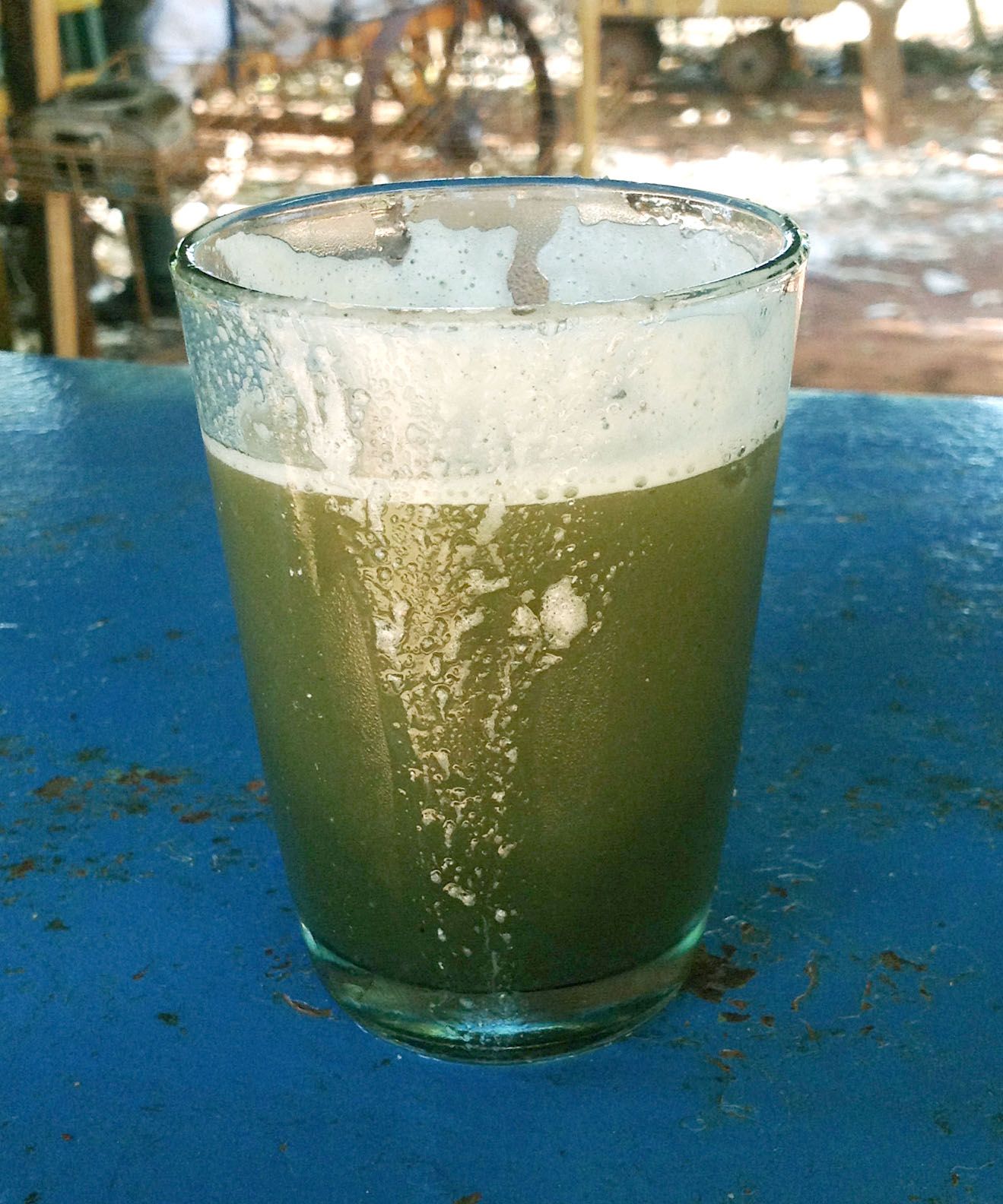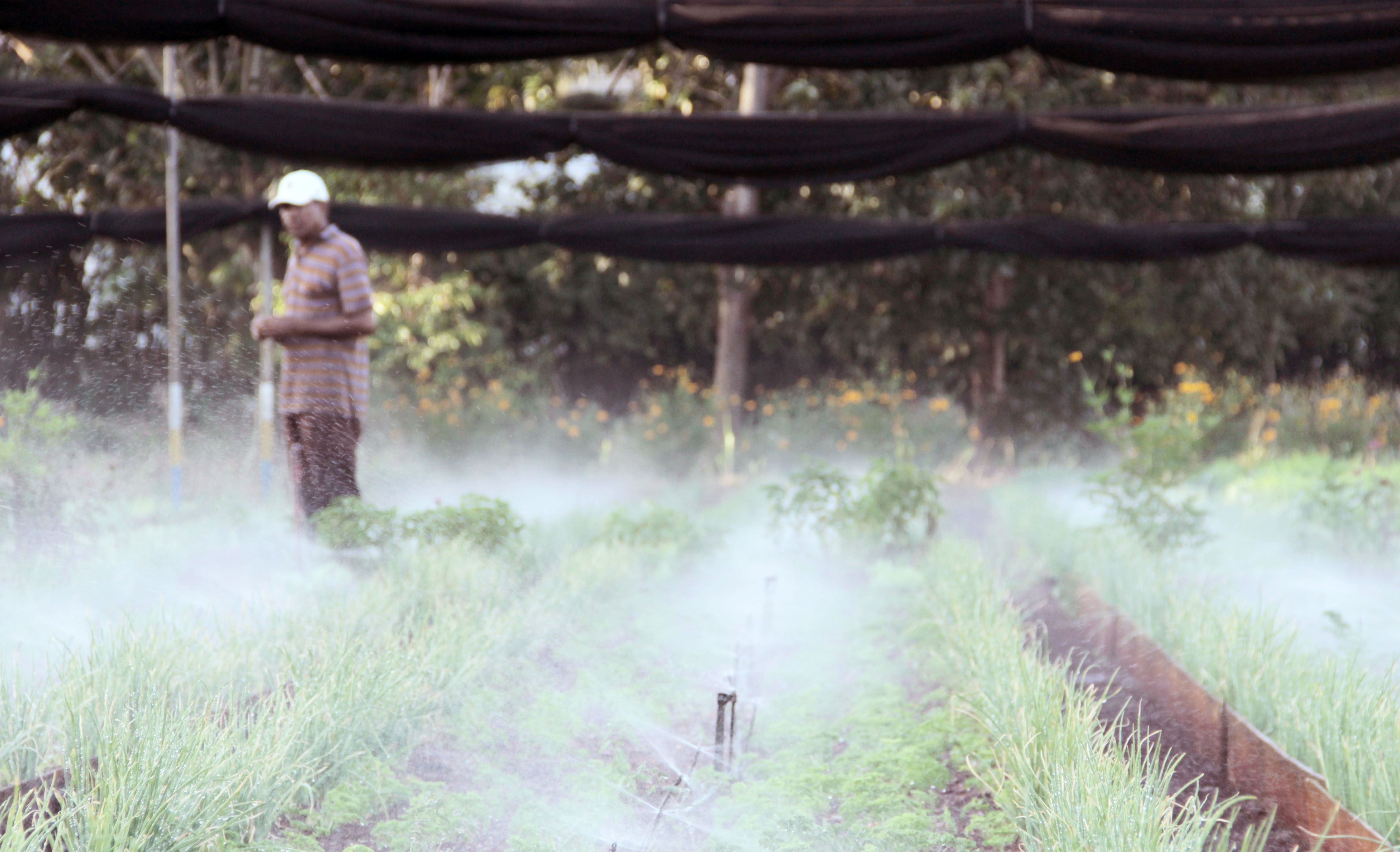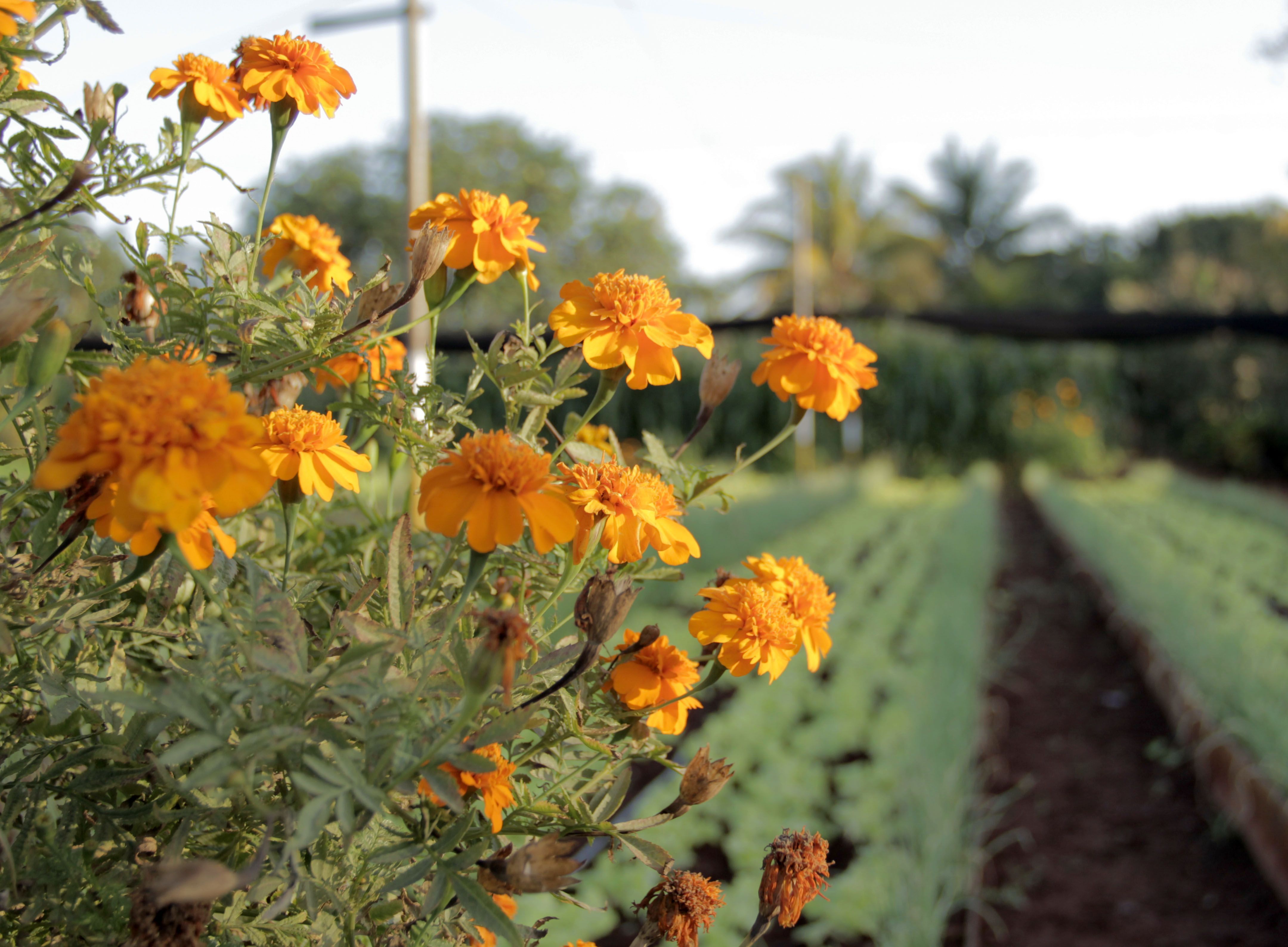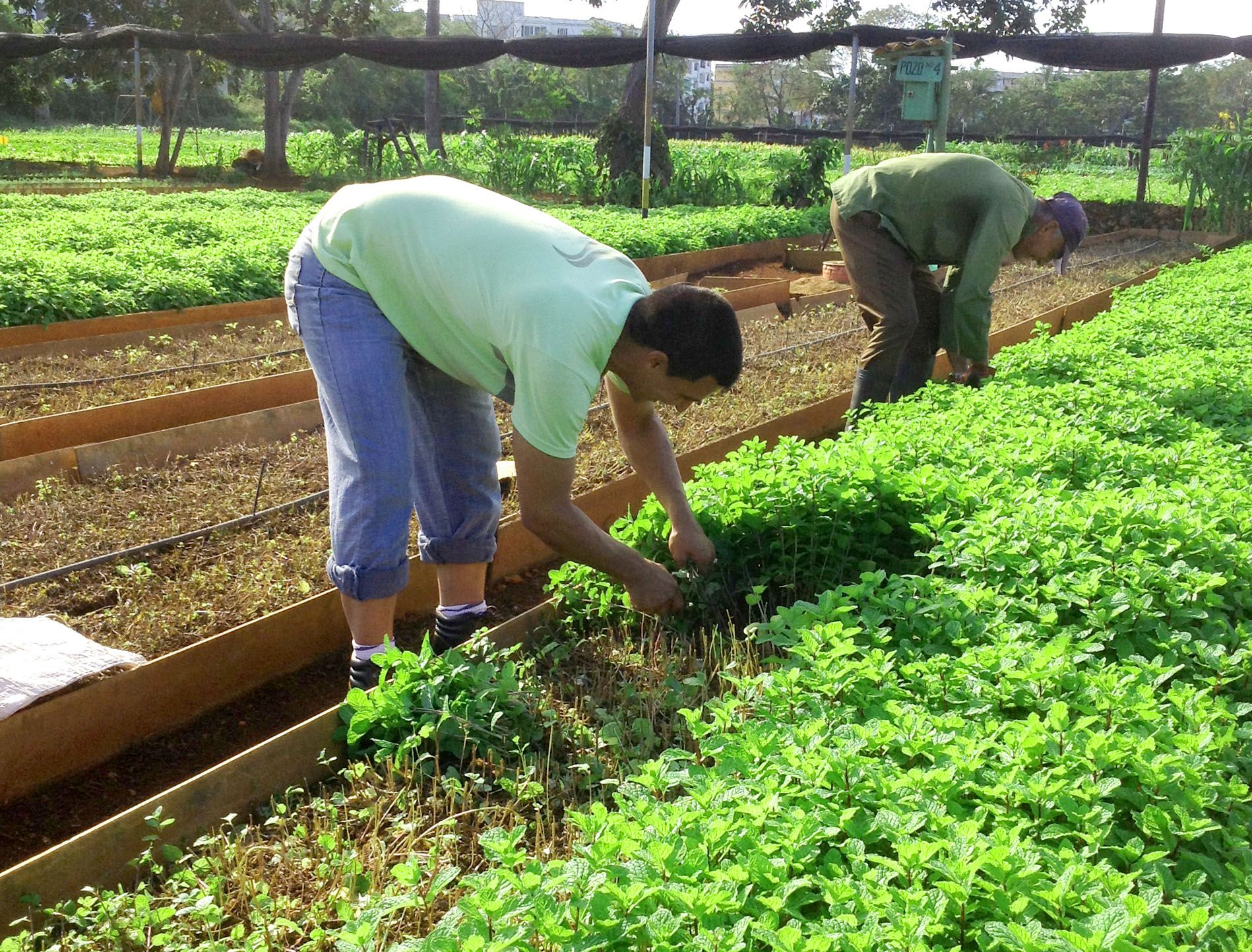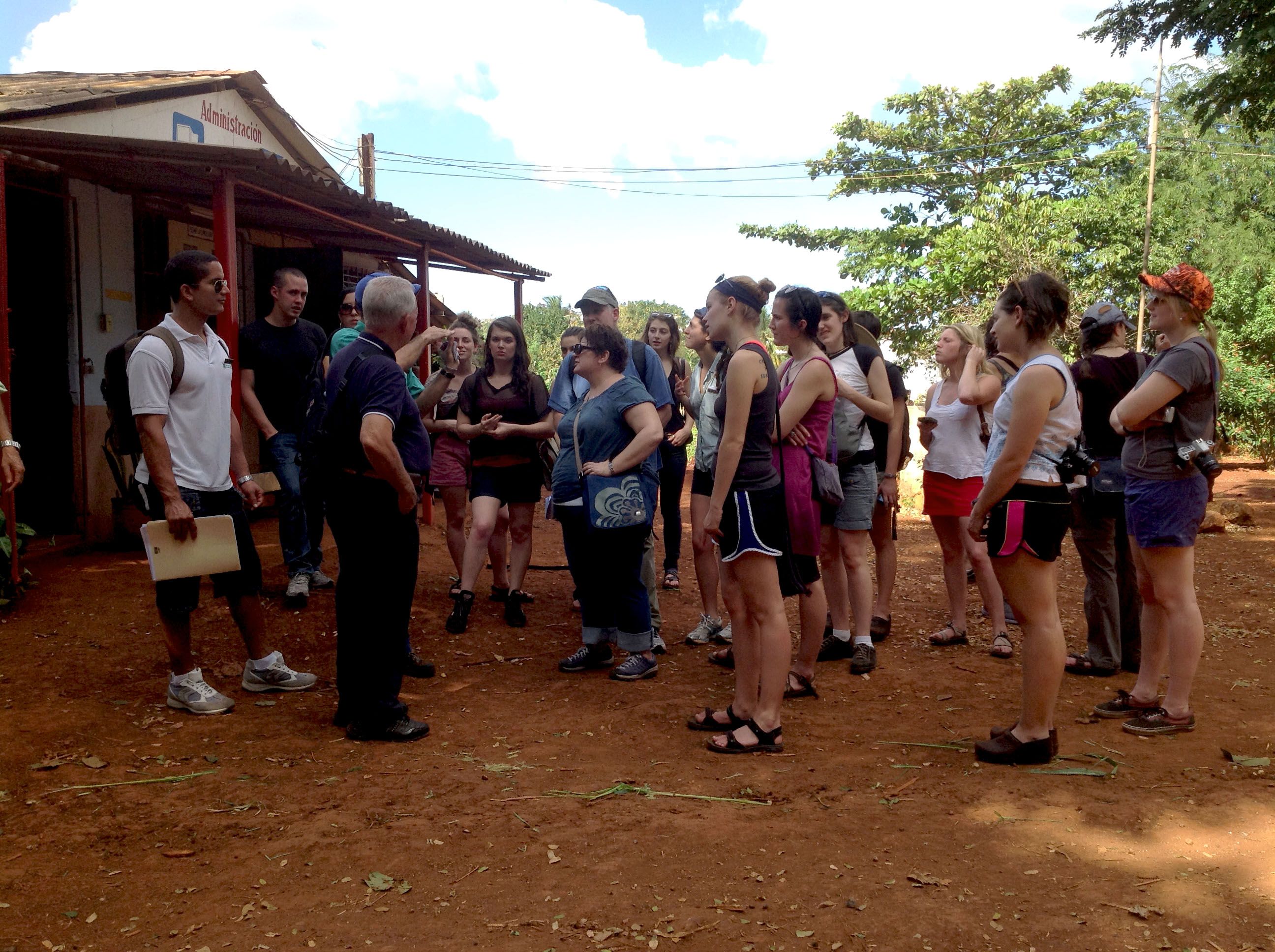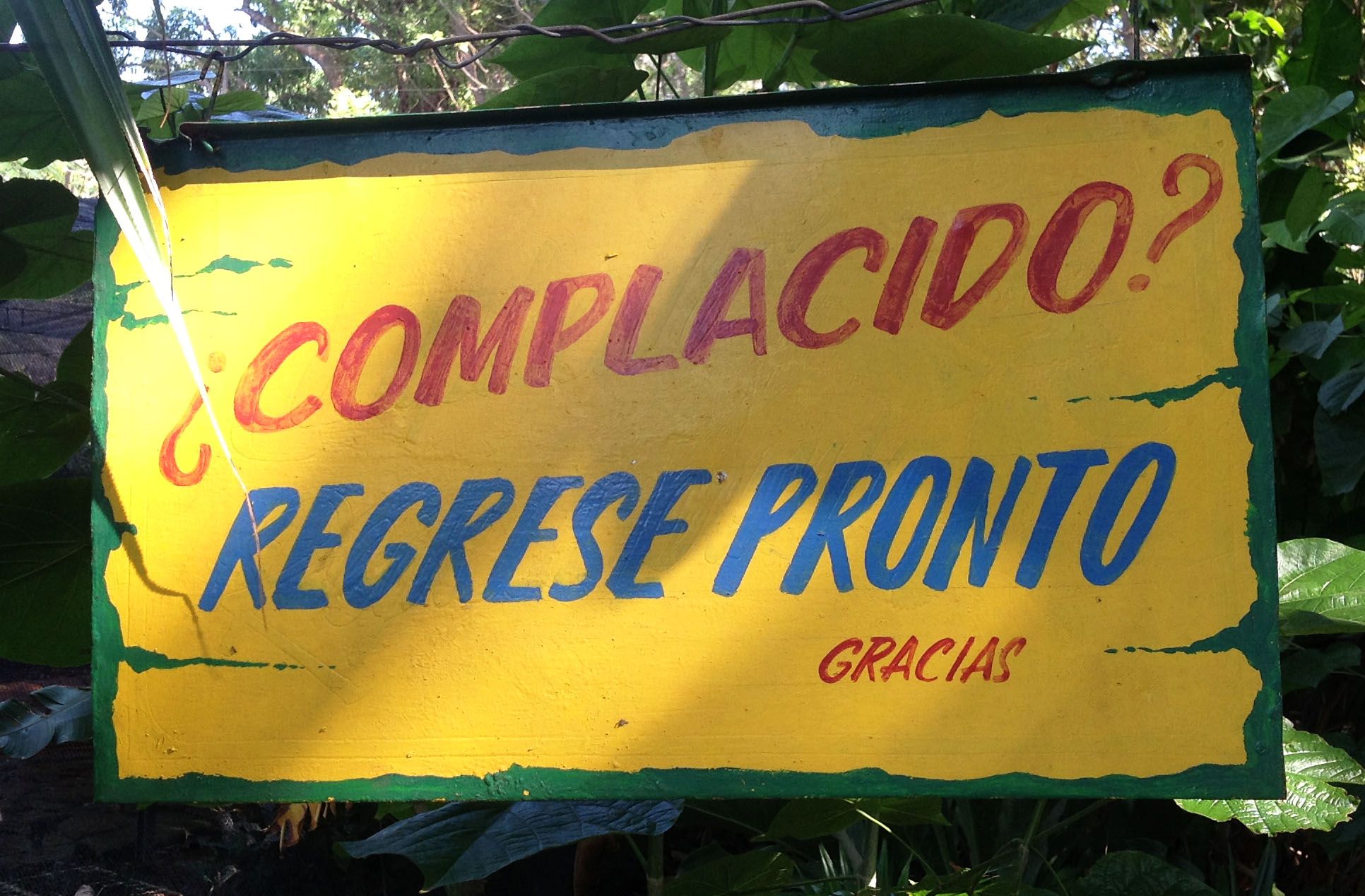February 03, 2013 | Pulitzer Center
By
Rachel Southmayd and Kassondra Cloos, for the Pulitzer Center
On the outskirts of Havana, sustainable and organic farming practices have made Organoponico Vivero Alamar (OVA) a model of cooperative urban agriculture in Cuba, a country where food and money are often scarce. Workers at OVA can earn far more than on a government salary, own part of the farm, benefit from its profits, and receive services like haircuts and meals, all free of charge.




